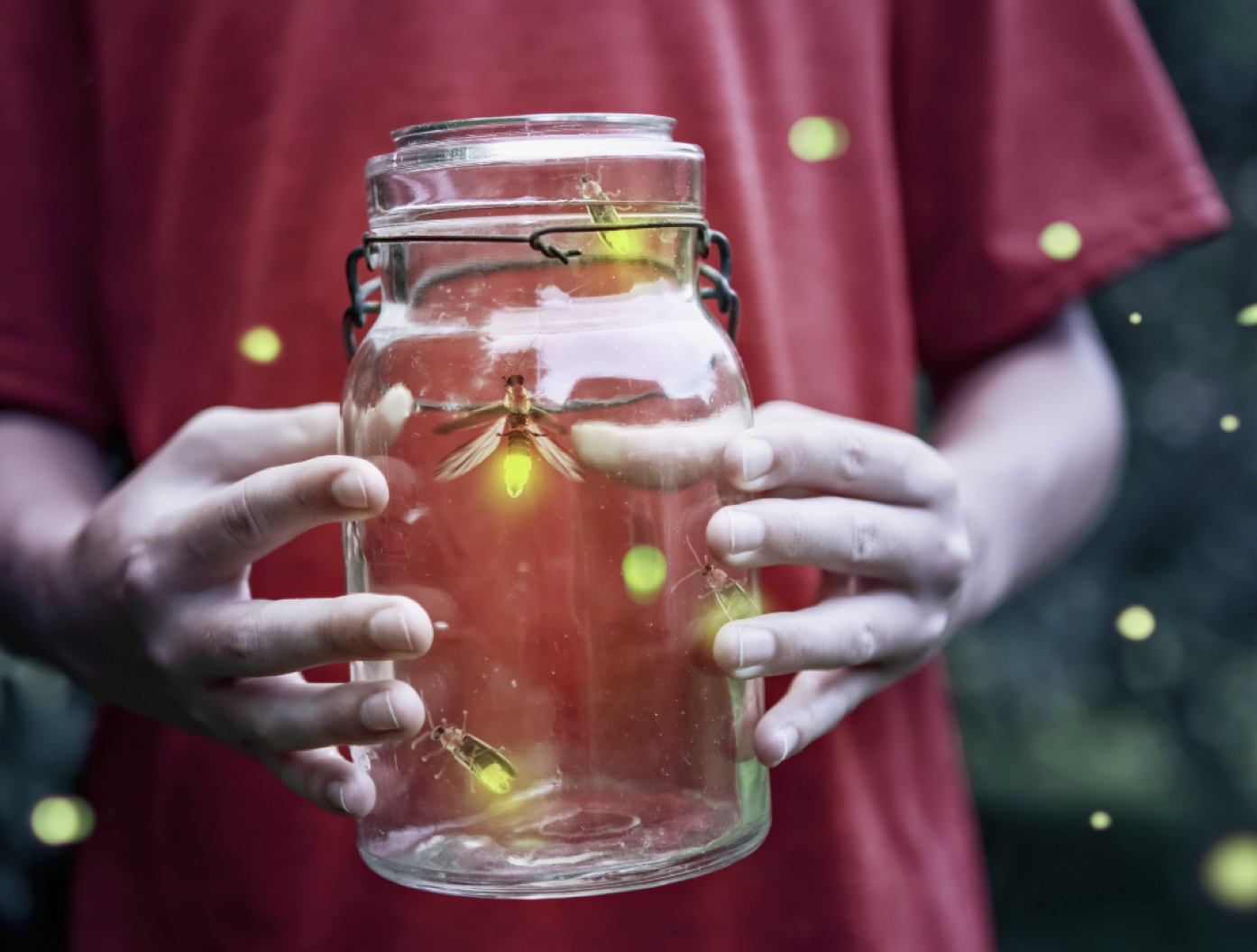Rick Patrick
rick@greenepublishing.com
Along with longer, sun-filled lazy days, baseball, outdoor cook-outs and the Fourth of July, the twinkling lights of hundreds of fireflies are sure signs of summertime in the south. But, in many places, those twinkling lights that seem to fill our yards from around April and May through the summer months are seen less and less. According to the website www.firefly.org, fireflies are disappearing worldwide. Some believe this can be attributed to human encroachment on habitat, the use of toxic chemicals to eradicate pests and increased light pollution due to development and highway traffic. No one can say definitively what the cause or what the solution might be, since scientists have only been studying fireflies for a short period of time. But many believe there are some things we can do to help ensure that this nightly light show can continue for many more generations.
One simple solution can be to turn off outside lights at night. Fireflies use their flashing lights as a way of communicating with each other. This could be an attempt to find a date on Saturday night, or a way of warning against approaching danger. Some believe that too much outside light can disrupt the fireflies, which can make it harder to find a mate and breed.
Something else that will help is to allow rotten logs and some litter to accumulate in a corner or the back of your yard. This will provide a place for female fireflies to lay her eggs and a place for firefly larvae to grow. Fireflies spend the first couple of years in a larval stage. During this time, they are carnivorous, feeding on slugs, worms and other larvae, including mosquito larvae.
Creating water features in your landscape will attract fireflies. Fireflies do well where there is standing water and near marshy areas. Ponds, streams and rivers provide good habitats for fireflies. Chemically treated pools don’t count because the smaller insects, grubs and snails don’t live in chlorinated water. Be sure to change water frequently to avoid an overabundance of mosquito larvae.
Avoid the use of lawn pesticides and chemicals. There have been two studies that show an indirect harmful effect on fireflies and their larvae. Although these studies show an indirect link, it still stands to reason that contact with these chemicals can be detrimental to fireflies. Avoiding the use of pesticides on your lawn could boost firefly populations.
Fireflies like to stay in long grasses during the day, so frequent mowing can disturb local firefly populations. If you can set aside a small area of your lawn to allow the grass to grow a bit longer, this could provide a place for fireflies to stay and could boost their population in your yard.
Planting native trees, especially pine trees, can provide a good habitat for several species of fireflies. These trees provide shade, which can increase the amount of time fireflies have to find a mate. In addition, the litter provided by the trees can provide a good habitat for worms and other small animals on which the firefly larvae feed.
Although it is no guarantee that these steps will increase fireflies overnight, they can help provide a better habitat for these illuminating insects. Soon, you just may begin to see those sparkling, flashing lights on summer evening, just like you did when you were a kid.

